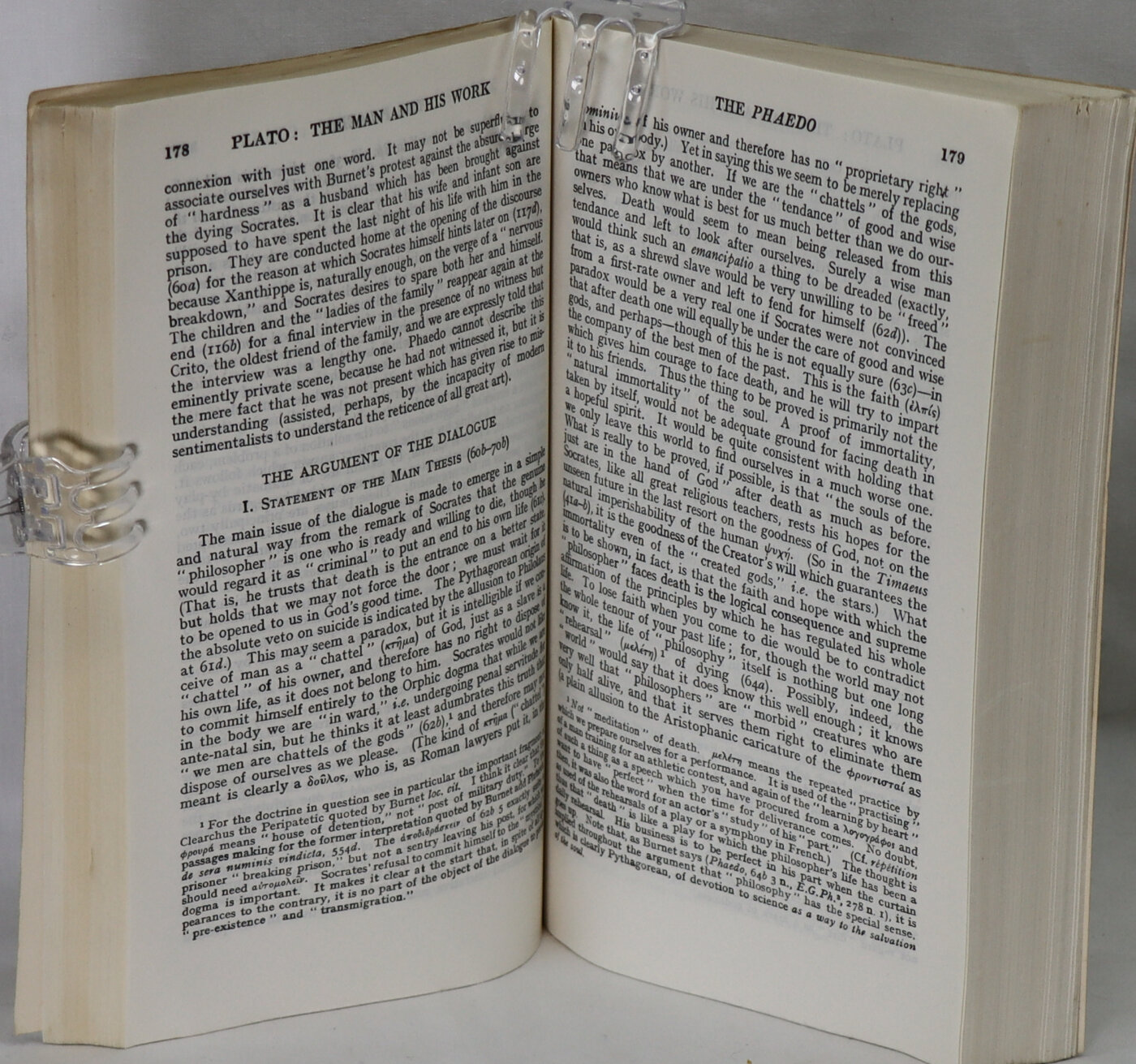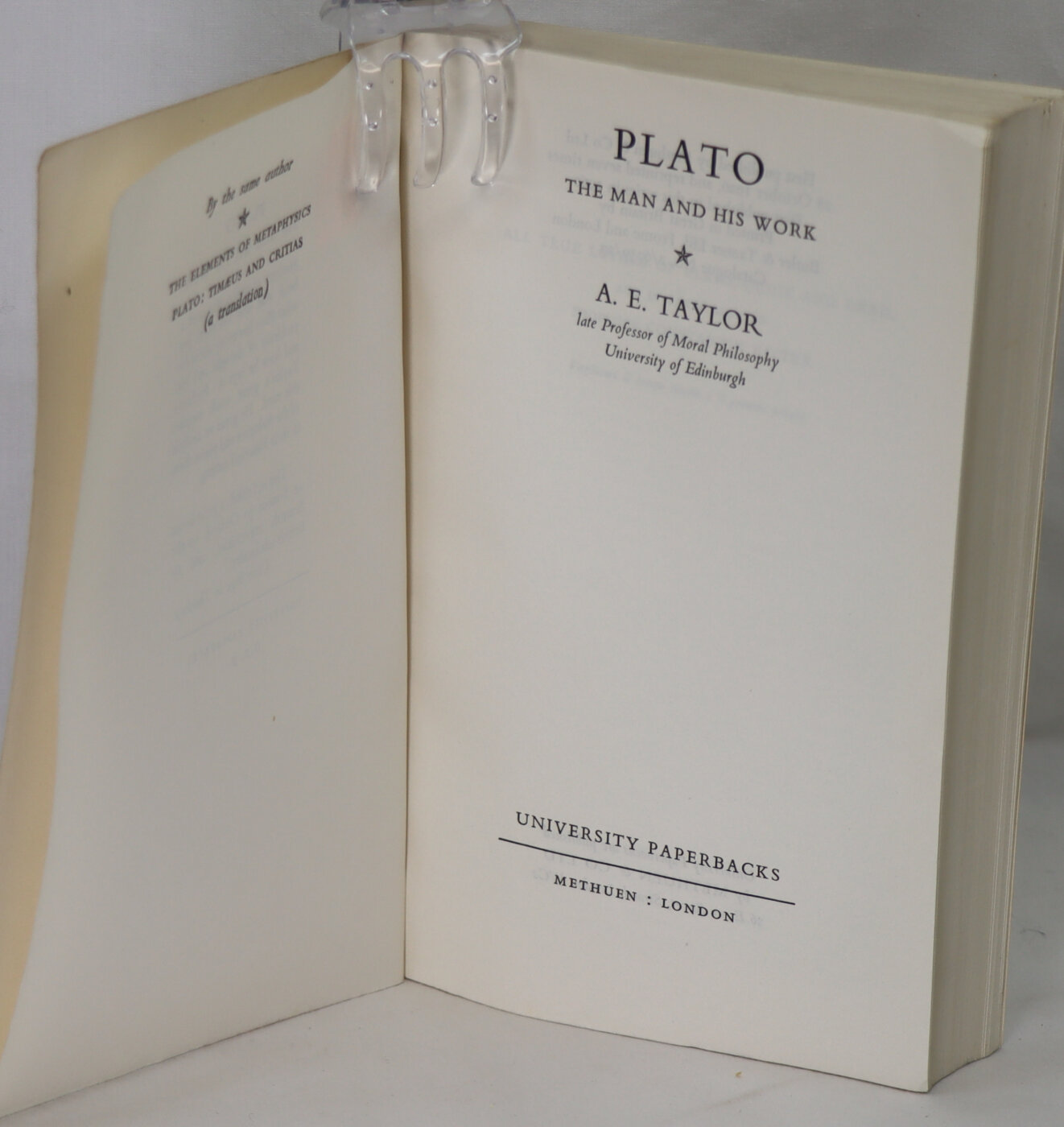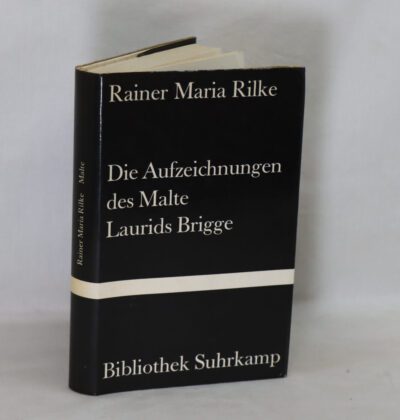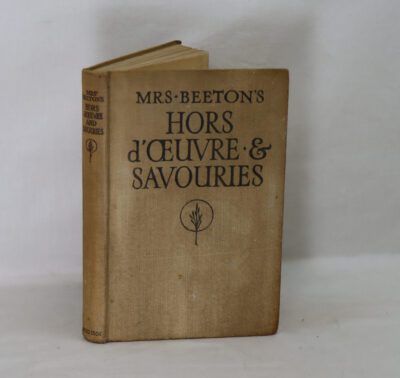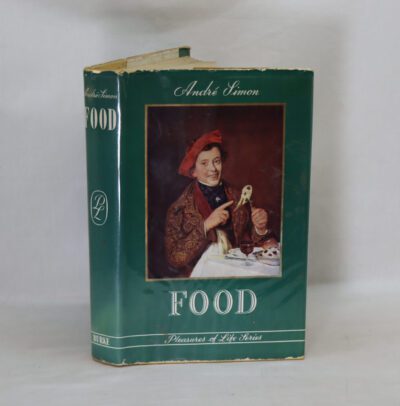Plato. The Man and His Work.
By A E Taylor
Printed: 1960
Publisher: Methuen & Co. London
| Dimensions | 13 × 20 × 2 cm |
|---|---|
| Language |
Language: English
Size (cminches): 13 x 20 x 2
Condition: Good (See explanation of ratings)
Item information
Description
Paperback. Cream and binding with black title and Plato bust on the front board.
-
We provide an in-depth photographic presentation of this item to stimulate your feeling and touch. More traditional book descriptions are immediately available
-
Note: This book carries a £5.00 discount to those that subscribe to the F.B.A. mailing list
This outstanding work by a renowned Plato scholar presents the thought of the great Greek philosopher with historical accuracy and objective analysis. A brief introductory chapter about the philosopher’s life is followed by an in-depth examination of his voluminous writings, particularly the dialogues. A substantial appendix explores works often attributed to Plato.
Review: Utterly comprehensive and spellbinding scholarship
Plato ( born c. 428-423 BC, died 348 BC) was an ancient Greek philosopher of the Classical period who is considered a foundational thinker in Western philosophy and an innovator of the written dialogue and dialectic forms. He influenced all the major areas of theoretical philosophy and practical philosophy, and was the founder of the Platonic Academy, a philosophical school in Athens where Plato taught the doctrines that would later become known as Platonism.
Plato’s most famous contribution is the theory of forms (or ideas), which aims to solve what is now known as the problem of universals. He was influenced by the pre-Socratic thinkers Pythagoras, Heraclitus, and Parmenides, although much of what is known about them is derived from Plato himself.
Along with his teacher Socrates, and his student Aristotle, Plato is a central figure in the history of Western philosophy. Plato’s complete works are believed to have survived for over 2,400 years—unlike that of nearly all of his contemporaries. Although their popularity has fluctuated, they have consistently been read and studied through the ages. Through Neoplatonism, he also influenced both Christian and Islamic philosophy. In modern times, Alfred North Whitehead said: “the safest general characterization of the European philosophical tradition is that it consists of a series of footnotes to Plato.”
Name: There is a traditional story that Plato is a nickname. According to Diogenes Laërtius, writing hundreds of years after Plato’s death, his birth name was Aristocles (Ἀριστοκλῆς), meaning ‘best reputation’.”Plátōn” sounds like “Platus” or “Platos”, meaning “broad”, and according to Diogenes’ sources, Plato gained his nickname either from his wrestling coach, Ariston of Argos, who dubbed him “broad” on account of his chest and shoulders, or he gained it from the breadth of his eloquence, or his wide forehead. Philodemus, in extracts from the Herculaneum papyri, corroborates the claim that Plato was named for his “broad forehead”. Seneca the Younger, writing hundreds of years after Plato’s death, writes “His very name was given him because of his broad chest.”
According to the traditional story, Plato was originally named after his paternal grandfather, supposedly called Aristocles; the name “Plato” was only used as a nickname; and the philosopher could not have been named “Plato” because that name does not occur previously in his family line.
Modern scholarship tends to reject the “Aristocles” story. Plato always called himself Platon. Platon was a fairly common name (31 instances are known from Athens alone), including people named before Plato was born. Robin Waterfield states that Plato was not a nickname, but a perfectly normal name, and “the common practice of naming a son after his grandfather was reserved for the eldest son”, not Plato. According to Debra Nails, Plato’s grandfather was the Aristocles who was archon in 605/4.
Biography: Plato was born in Athens or Aegina, between 428 and 423 BC. He was a member of an aristocratic and influential family. His father was Ariston, who may have been a descendant of two kings, Codrus and Melanthus. His mother was Perictione, descendant of Solon, a statesman credited with laying the foundations of Athenian democracy. Plato had two brothers, Glaucon and Adeimantus, a sister, Potone, and a half brother, Antiphon.
Plato may have travelled to Italy, Sicily, Egypt, and Cyrene. At 40, he founded a school of philosophy, the Academy. It was located in Athens, on a plot of land in the Grove of Hecademus or Academus, named after an Attic hero in Greek mythology. The Academy operated until it was destroyed by Sulla in 84 BC. Many philosophers studied at the Academy, the most prominent being Aristotle.
According to Diogenes Laërtius, throughout his later life, Plato became entangled with the politics of the city of Syracuse, where he attempted to replace the tyrant Dionysius, with Dionysius’s brother-in-law, Dion of Syracuse, whom Plato had recruited as one of his followers, but the tyrant himself turned against Plato. Plato almost faced death, but was sold into slavery. Anniceris, a Cyrenaic philosopher, bought Plato’s freedom for twenty minas, and sent him home. Philodemus however states that Plato was sold as a slave as early as in 404 BC, when the Spartans conquered Aegina, or, alternatively, in 399 BC, immediately after the death of Socrates. After Dionysius’s death, according to Plato’s Seventh Letter, Dion requested Plato return to Syracuse to tutor Dionysius II, who seemed to accept Plato’s teachings, but eventually became suspicious of their motives, expelling Dion and holding Plato against his will. Eventually Plato left Syracuse and Dion would return to overthrow Dionysius and rule Syracuse, before being usurped by Callippus, a fellow disciple of Plato.
A variety of sources have given accounts of Plato’s death. One story, based on a mutilated manuscript, suggests Plato died in his bed, whilst a young Thracian girl played the flute to him. Another tradition suggests Plato died at a wedding feast. The account is based on Diogenes Laërtius’s reference to an account by Hermippus, a third-century Alexandrian. According to Tertullian, Plato simply died in his sleep. According to Philodemus, Plato was buried in the garden of his academy in Athens, close to the sacred shrine of the Muses. In 2024, a scroll found at Herculaneum was deciphered that supported some previous theories. The papyrus says that before death Plato “retained enough lucidity to critique the musician for her lack of rhythm”, and that he was buried “in his designated garden in the Academy of Athens”.
Alfred Edward Taylor (22 December 1869 – 31 October 1945), usually cited as A. E. Taylor was a British idealist philosopher most famous for his contributions to the philosophy of idealism in his writings on metaphysics, the philosophy of religion, moral philosophy, and the scholarship of Plato. He was a fellow of the British Academy (1911) and president of the Aristotelian Society from 1928 to 1929. At Oxford he was made an honorary fellow of New College in 1931. In an age of universal upheaval and strife, he was a notable defender of Idealism in the Anglophone world.
Want to know more about this item?
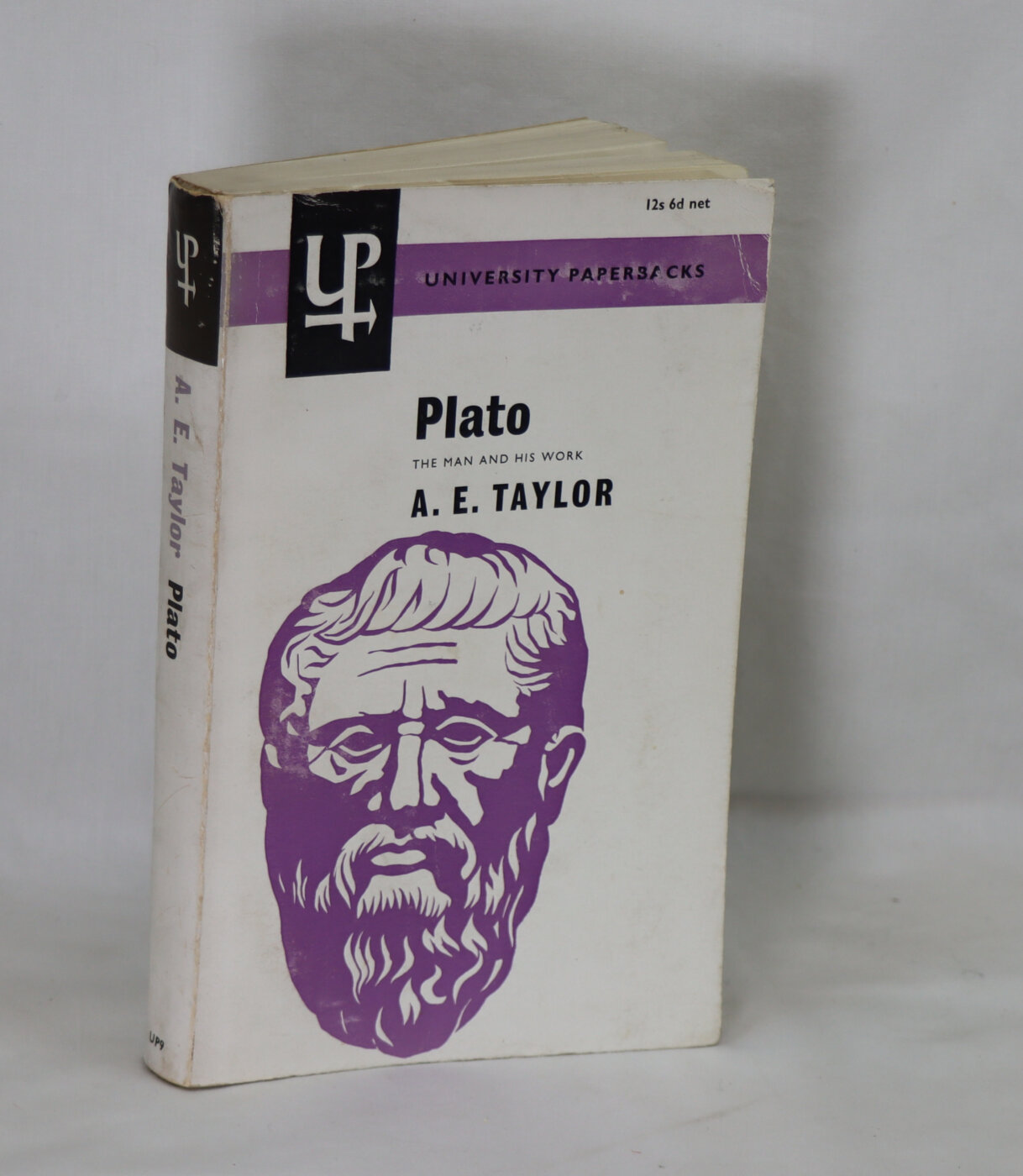
Share this Page with a friend

